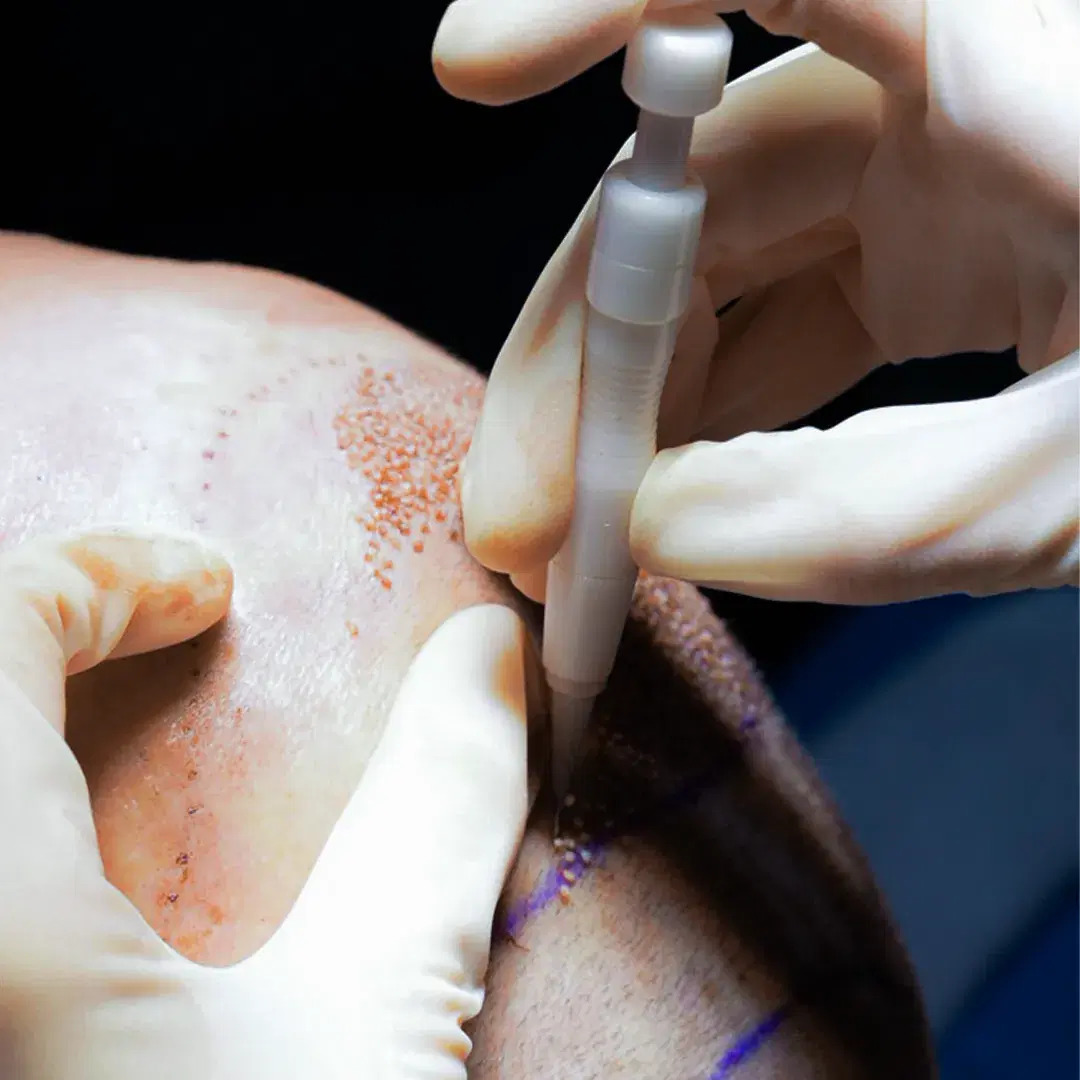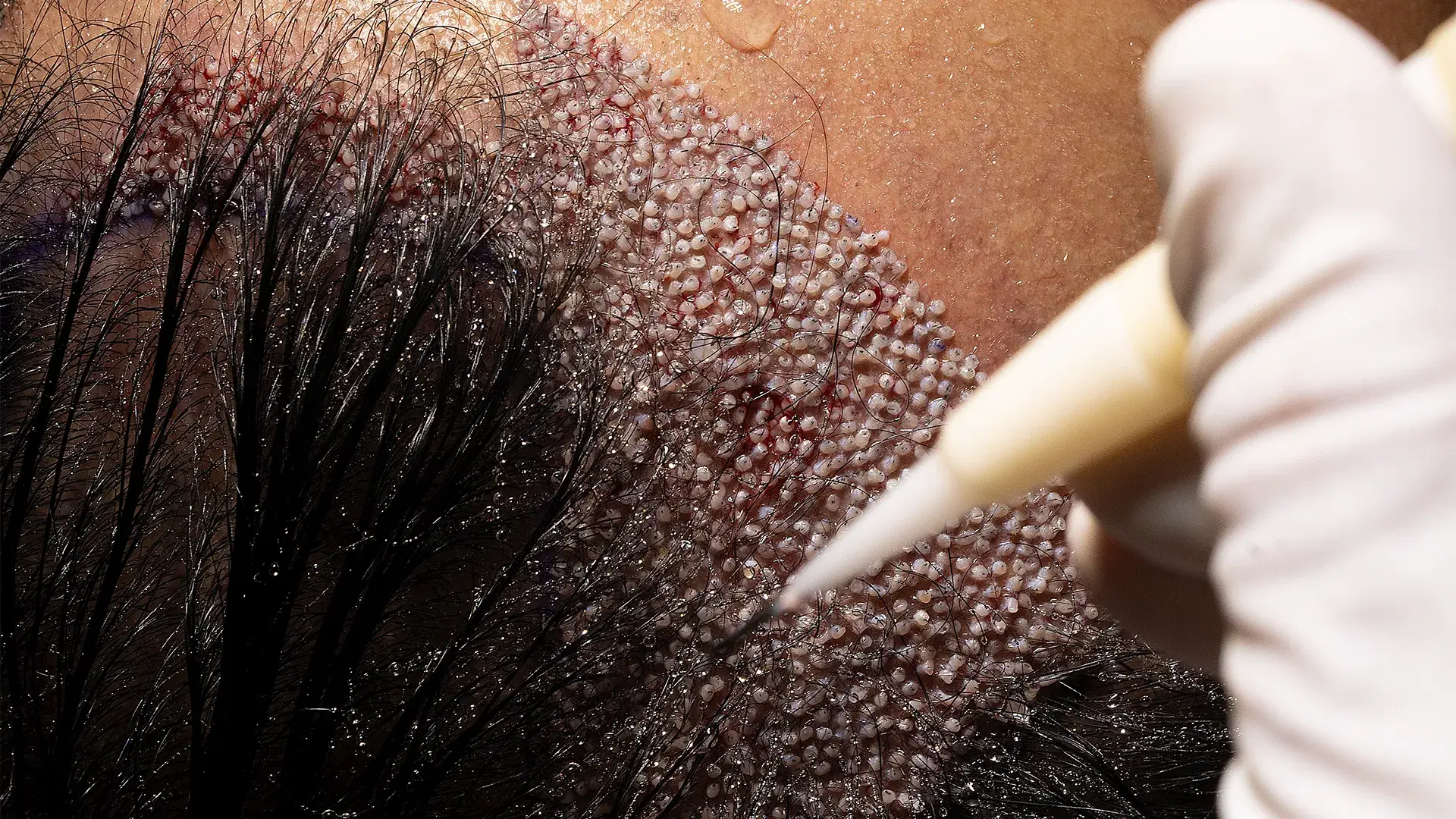
Treatment
DHI Hair Transplant is one of the most advanced and precise hair restoration methods available today. It allows patients to regain natural-looking hair with minimal discomfort and fast recovery.
At Esthetic Hair Turkey, our specialists perform DHI using the latest tools and techniques to ensure dense, healthy, and long-lasting results for every patient.
what
DHI stands for Direct Hair Implantation, a technique that improves the traditional FUE method by offering greater control over how each hair is implanted.
In this method, healthy hair follicles are extracted one by one from the donor area and then implanted directly into the target area using a special implanter pen. This eliminates the need to create channels beforehand, which speeds up the process and reduces trauma to the scalp.
DHI gives doctors full control over the angle, depth, and direction of each graft, resulting in a more natural appearance.
Since the follicles are implanted immediately, the survival rate of transplanted hair is also higher. Patients experience faster recovery and minimal scarring compared to older methods.

why
Turkey has become one of the most trusted destinations for DHI procedures. Clinics combine skilled doctors, modern equipment, and competitive prices to offer top-quality care to international patients.
Our team at Esthetic Hair Turkey performs hundreds of DHI operations each year. Their precision and artistic eye ensure that every patient gets a personalized and natural-looking result.
The DHI implanter pen we use allows for direct and controlled implantation, making it ideal for creating fuller density even in small areas. This precision helps us design hairlines that perfectly suit each individual’s facial features.

Both DHI and FUE are effective techniques, but they differ in how hair follicles are implanted.
In DHI, extraction and implantation happen almost simultaneously using an implanter pen. This method gives higher precision and density with no need for prior incisions.
FUE involves collecting follicles and then creating tiny channels before placing them into the scalp. While effective, it may require a slightly longer recovery period.
Overall, DHI offers more comfort, better control, and more natural-looking results, especially for patients who want high-density coverage and minimal scarring.
The recovery process is smooth and predictable when proper care is followed.
After the procedure, mild swelling or redness may occur but fades within a few days. New hair begins to grow around the third month, while the final results appear within a year.
Once the transplanted hair starts growing, it behaves like your natural hair. You can wash, style, and cut it as usual. The results are permanent, giving you lasting confidence.
DHI Hair Transplant is the most modern approach to restoring natural hairlines with precision and comfort. At Esthetic Hair Turkey, our experienced team performs DHI with expert attention to every detail, ensuring you leave with results that look completely natural.
If you’re ready for a fuller, confident look, DHI may be your perfect solution.